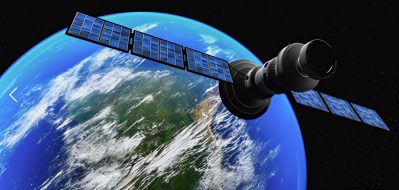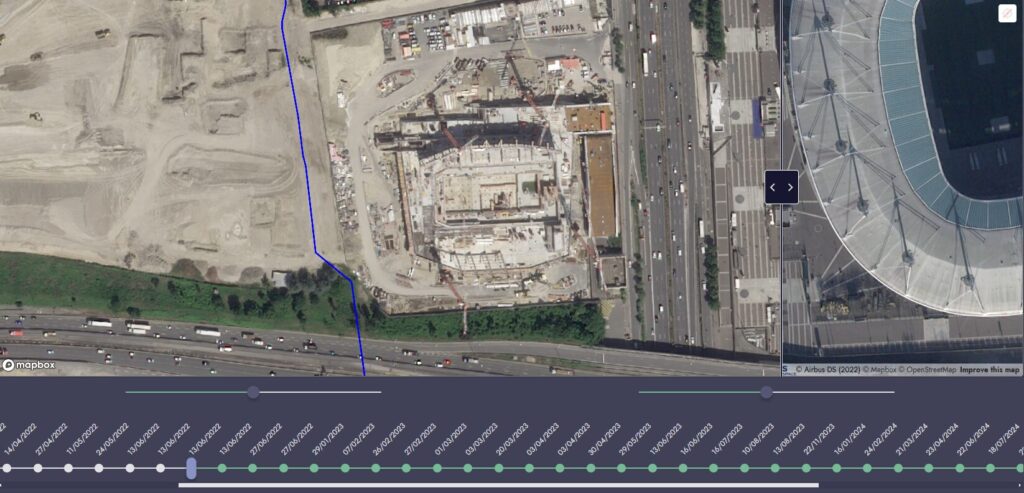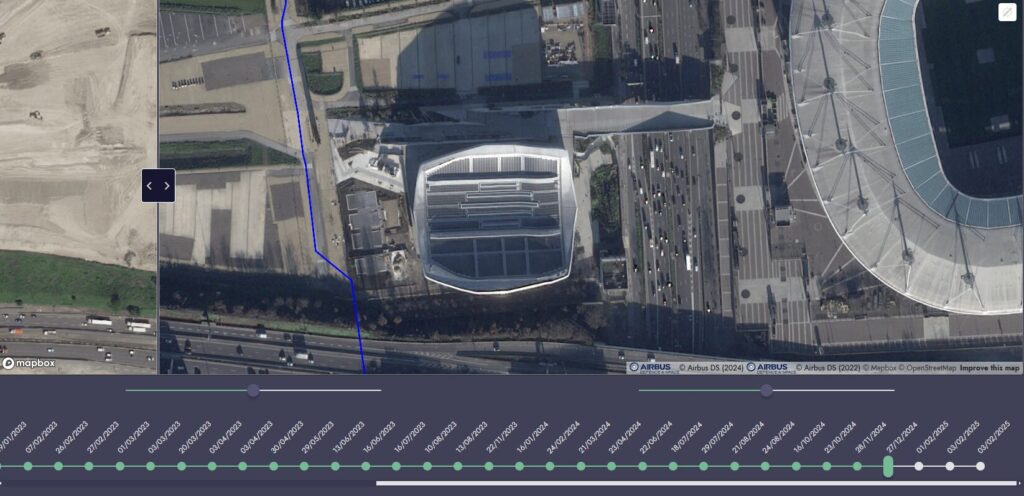

NaTran R&I, the research and innovation center of NaTran (formerly GRTgaz), has achieved a major milestone with the deployment of satellite monitoring of third-party works. This innovation, at the heart of the OPTISE R&D program, aims to enhance network safety while reducing the environmental impact of monitoring activities. This project, the fruit of several years of experimentation and continuous improvement, testifies to Natran R&I's commitment to innovation for industrial safety.
Technology for efficiency and the environment
Since 2020, NaTran R&I (formerly RICE) has been exploring the potential of satellite technology for monitoring third-party works near gas infrastructures. This work has led to the selection of the CoSMiC-EYE tool, developed by Orbital Eye, which enables precise monitoring using high-resolution images (50 cm/pixel then 30 cm/pixel from 2022-2023).
The main benefits identified are manifold:
In 2024, this technology was tested in high-risk areas of the Paris region, alternating with and complementing vehicle surveillance. This confirmed the added value of satellite technology for densely populated urban areas.


An exemplary collaboration
This project would never have been possible without the collaboration with Orbital Eye, and the operational support of the Operations teams in the field. Their expertise and feedback were essential in adjusting tools and processes. Questionnaires distributed mid-project and at the end of the project helped identify strengths and areas for improvement. Positive points included
The joint efforts have led to significant time savings for agents and a notable reduction in the risks associated with traditional surveillance. Collective learning and continuous adjustment have been key to this success.
In 2024, the deployment identified 3454 third-party work interference (TPI) for 1188 unique activities. Of these, 9% were confirmed threats, demonstrating the need for proactive monitoring.
High-resolution images (30 cm/pixel) have been a key success factor, although they are not always available for every event. Progress is expected in the coming years to improve their availability and thus further increase the accuracy of monitoring.
Other notable results include:
Future prospects
NaTran R&I plans to go even further in 2025 by optimizing the zones monitored and enhancing the tool's technological capabilities. New functionalities, such as the integration of PACLOS zones (enclosed plots), will extend use cases to the detection of gas leaks or the prevention of land erosion and subsidence.
Well-deserved recognition
This project reflects the excellence and innovation that characterize NaTran R&I and NaTran. Our warmest thanks go to all those who have contributed to this success. Thanks to their work, satellite surveillance has become a key tool for ensuring the safety and integrity of our networks.
Contact NaTran R&I: Guillaume COUDOULET